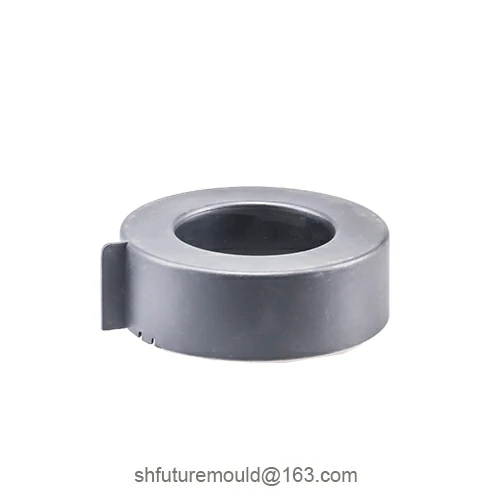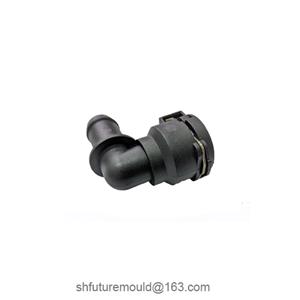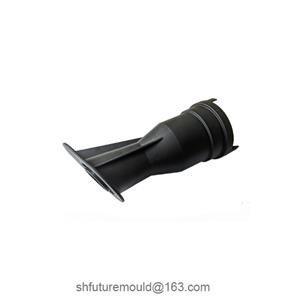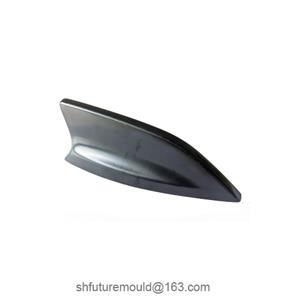What are the quality inspection methods for injection mold processing?
There are many quality inspection methods for injection mold manufacturing. Depending on the different inspection purposes and requirements, different methods can be chosen for quality inspection.
1. Dimensional inspection. Dimensional inspection is the most common inspection method. By measuring the dimensions of the parts, you can check whether they meet the design requirements. Dimensional measurement can be carried out using traditional measuring tools such as calipers and micrometers, or using modern high-tech measure equipment such as three-coordinate measuring machines. Dimensional measurement in injection mold processing needs to pay attention to the following aspects:
①. Appearance dimensional inspection: check whether the appearance dimensions are consistent with the design dimensions.
②. Inner hole measurement: for molds with inner holes, the diameter and depth of the inner holds need to be measured.
③. Geometric shape measurement: check whether the geometric shape of the mold components meets the requirements.
④. Position measurement: verify the correctness of the positional relationship between mold parts.
2. Physical property testing. Except for the dimensional inspection, some physical property testing is also required in mold manufacturing to ensure the quality of mold parts. Common physical property testing includes the following:
①. Strength testing. Through tensile, compressive, and other mechanical property tests on mold parts, the strength of the material is tested.
②. Hardness testing. Through a hardness tester, the surface hardness of mold components is tested to assess their wear resistance.
③. Density testing. By measuring the mass and volume of the mold material, the density is calculated to determine whether the quality and composition of the material meet the requirements.
3. Performance testing. Performance testing is another important quality inspection method in mold manufacturing. By testing the performance of mold parts in the actual use environment, it is judged whether they meet the use requirements.
①. Wear testing. Mold parts are prone to earing during use, so wear testing is required.
②. Corrosion resistance testing. Mold parts are often exposed to humid and other corrosive environments, so corrosion resistance testing is required.
③. Fatigue testing. Mold parts may be subjected to large external forces during molding, so fatigue testing is required,
- Injection Mold
- Automotive Injection Mold
- Electronics & Electrical Injection Mold
- Consumer Goods Injection Mold
- Airplane Components Injection Mold
- Medical Components Injection Mold
- Irrigation Components Injection Mold
- Injection Molds




